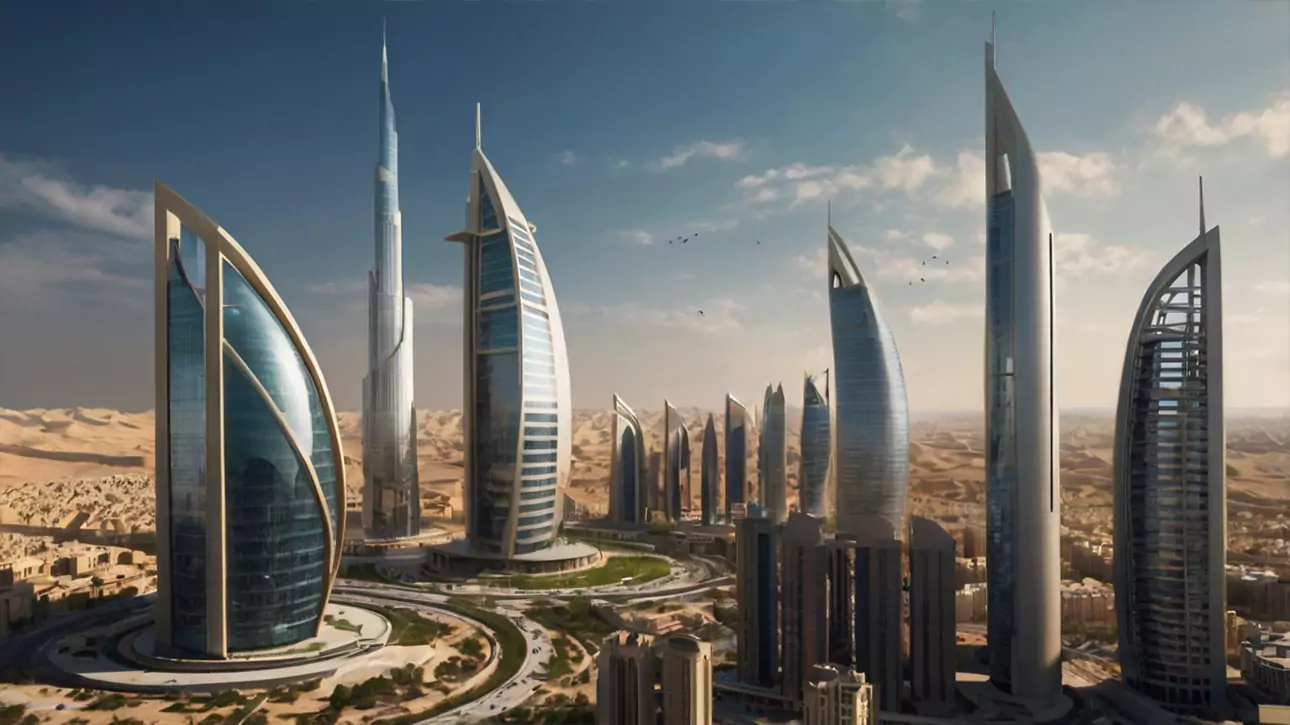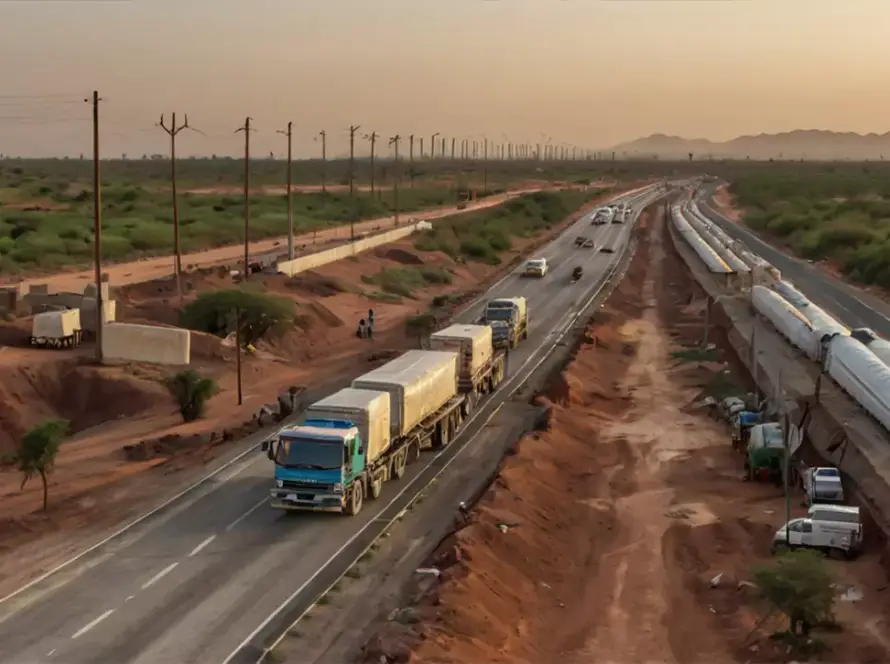The Middle East is undergoing a transformative era in public infrastructure development. Governments across the region are investing heavily in transportation, water, energy, and digital infrastructure to drive economic diversification and national development agendas like Saudi Arabia’s Vision 2030 and the UAE’s Future Cities initiative.
But delivering on these ambitions isn’t without challenges. Public capital projects in the Middle East face unique risks—yet offer unmatched opportunities when planned and executed with precision.
Emerging Trends in Public Capital Projects
1. Mega Infrastructure Programs
From Neom in Saudi Arabia to smart city developments in the UAE, mega projects are becoming the norm. These require robust program management and stakeholder coordination on a global scale.
2. ESG and Sustainability Integration
Governments are integrating Environmental, Social, and Governance (ESG) goals into project planning, with green building codes, renewable energy mandates, and social impact assessments gaining traction.
3. Public Private Partnerships (PPP)
PPP models are being used to unlock private capital for public infrastructure, especially in sectors like water desalination, transport, and healthcare.
4. Digital Infrastructure & Smart Systems
Massive investments are being made in digital infrastructure, including fiber networks, smart grids, and integrated PMIS (Project Management Information Systems).
Key Risks Facing Public Capital Projects
1. Regulatory Delays
Lengthy approvals, complex procurement systems, and shifting regulations can significantly delay progress and inflate costs.
2. Budget Overruns & Misallocation
Poor cost estimation and ineffective control systems can cause significant budget overshoots.
3. Political & Economic Instability
Geopolitical tensions or fiscal tightening can impact project continuity and investor confidence.
4. Resource Constraints
Skilled labor shortages and material supply chain disruptions continue to pose execution challenges.
Unlocking Opportunities Through Strategic Project Advisory
To navigate these risks and leverage opportunities, governments and developers need end to end project advisory that includes:
Feasibility Studies and Investment Analysis: Ensure alignment with national goals, funding models, and stakeholder needs.
Capital Structuring and Financing Strategy: Identify optimal financing structures and engage bilateral, multilateral, and private funders.
Risk & Cost Management Systems: Deploy frameworks for proactive risk identification and dynamic cost control.
Project Monitoring and Governance: Implement PMIS tools, performance KPIs, and compliance dashboards to maintain transparency and accountability.
The future of public capital projects in the Middle East is ambitious, innovative, and full of potential. With expert advisory and structured project management, these projects can deliver lasting impact and national transformation.




